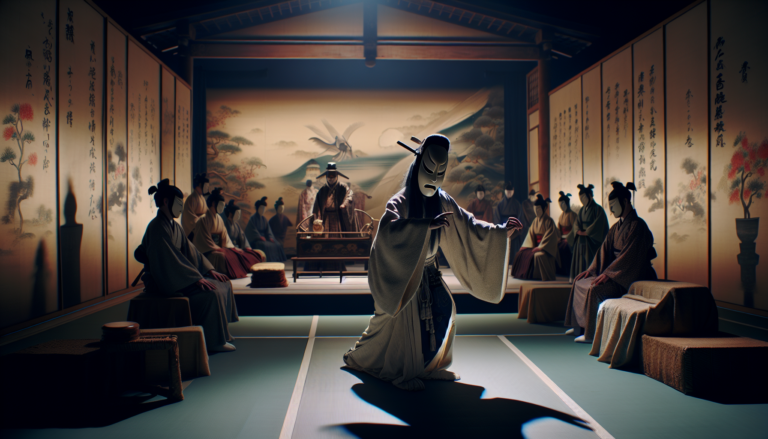Noh is a traditional form of Japanese theater performed for centuries. It is a highly stylized art form that combines elements of dance, drama, music, and poetry. Noh plays typically feature masked actors who perform in slow, deliberate movements accompanied by a chorus and musicians playing traditional instruments.
Noh theater often explores themes of beauty, spirituality, and the supernatural. The plays draw on various sources, including Japanese mythology, history, and literature. Familiar characters in Noh’s plays include ghosts, spirits, and gods, and the stories often revolve around themes of love, loss, and redemption.
Noh performances are known for their minimalist set design and use of symbolic props. The actors’ movements are highly controlled and precise, with each gesture and expression carrying deep meaning. Noh plays are typically performed on a simple stage with a painted backdrop, and the actors wear elaborate costumes and masks that help to convey the characters’ emotions and identities.
Overall, Noh theater is a unique and captivating art form that combines music, dance, and drama to create a profoundly spiritual and aesthetic experience for both performers and audiences.
